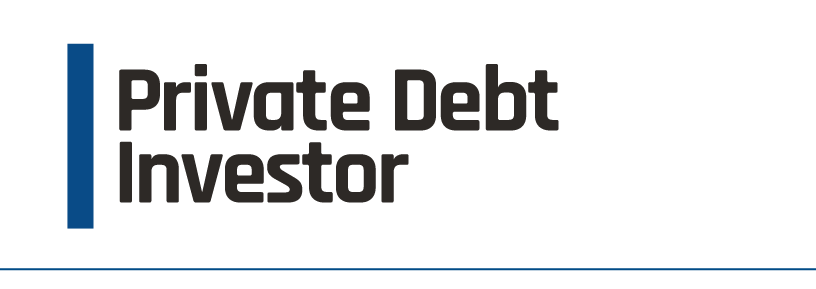
Staff Writer
With demand for debt rising, returns increasing and a big market growth opportunity in Europe, the growth debt strategy appears to have a bright future. David Bateman and Johan Kampe, co-managing partners at Claret Capital Partners, explore the key trends.
High barriers to entry and a strong share of growing markets are among the borrower characteristics that instil confidence for lenders, according to Paul Johnson and Andrew Cleland-Bogle of Bridgepoint Credit.
Deal activity has slowed and firms are focused on preserving value in their portfolios. It’s time to double down on the right framework and repeatable processes, according to Marc Preiser and Mikko Iso-Kulmala at Fidelity International.
Despite broader headwinds for the sector, secured lending into niche areas of the European residential real estate market offers compelling risk-adjusted returns, says Adrian Cloake, chief investment officer at LCM Partners.
The expertise and financial solidity of the servicer is something people often overlook in speciality finance. Christian Brehm of FC Capital explains why this would be a mistake.
Whether it is shorter loan durations or more esoteric products, we believe private debt is proving that it can innovate to attract investors, say Lushan Sun and Matthew Taylor of LGIM Real Assets.
Investing in larger companies has many advantages, especially in these more challenging times, say Blackstone’s Brad Marshall and Jonathan Bock.
Lending against net asset values, or NAV, is proving a valuable source of liquidity and capital to private equity funds as they near the end of their investment period and move into the harvest period, says Pemberton’s Thomas Doyle.
Private credit is well positioned to capture allocations from private equity, says Park Square’s Robin Doumar.
Direct lending has grown sharply and looks set to account for a far greater share of the leveraged finance market in coming years, says Craig Packer, co-president of Blue Owl Capital.














